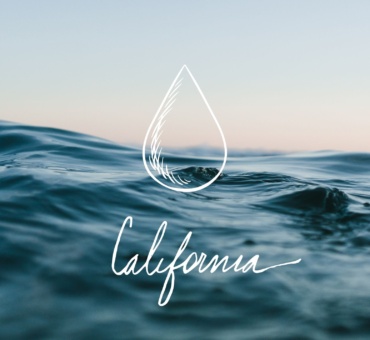It’s been 50 years since an ember from a passing rail car ignited contamination on the surface of the Cuyahoga River. In the 1960’s, the waterway flowed through Cleveland past steel mills, manufacturing plants, and a paint factory, taking in their waste streams. Over the years, the oily debris caught fire a total of 13 times, but on June 22, 1969, it burned for the last time—and the image of a burning river became iconic of a movement.
When the Clean Water Act became law in 1972, it established the basic structure for regulating discharges of pollutants into the waters of the US and regulating quality standards for surface waters. The Clean Water Act set a goal to restore and maintain clean water across the nation by 1985.
But in the nearly 50 years since, we have failed to fulfill the promise of clean water. Across the US, lakes and streams languish under toxic levels of pollutants, while groundwater and drinking water supplies are threatened.
In California, a state that takes pride in upholding some of the strongest water laws in the country, 95% of all waters remain too polluted to swim, fish, or drink. Underserved communities, including many along our own Central Coast, are hit the hardest, where local water is disproportionately likely to be contaminated and undrinkable.
In Santa Barbara and Ventura Counties, polluted runoff and agricultural discharges continue to pollute our coastal waters. In some areas, stormwater, carrying pollutants, pathogens, pesticides, fertilizers, trash, sediment, and heavy metals continues to flow directly to our creeks and ocean, affecting water quality, endangering wildlife, and making recreation unsafe.
After half a century with the Clean Water Act in place, why does toxic contamination continue to threaten our water resources? Loopholes in permits that allow polluted discharges to continue unabated, a lack of strong enforcement of clean water laws that prevent them from meeting their goals, and insufficient resources dedicated toward cleaning up our waterways.
This must change, and California has the means to do it. This year, California Coastkeeper Alliance and Assemblymember Robert Rivas introduced the California Clean Water Act (Assembly Bill 377), which restores the original intent of the national Clean Water Act from 1972. The bill will put our state on track to eliminate polluted waterways and make all California waters drinkable, swimmable, and fishable by 2050. It achieves this by closing permit loopholes, ensuring proper enforcement of clean water laws, and dedicating more resources toward restoring impaired waters.
Santa Barbara Channelkeeper is proud to support this bill. We stand with fellow members of the California Coastkeeper Alliance in advocating for stronger, more enforceable policies to protect our water resources.
We believe that it’s time to make good on our nation’s promise of clean water, and that 36 years past the original deadline, California can lead the way.

